Photo
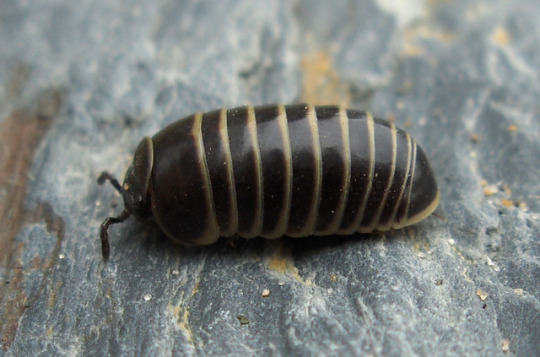
White-rimmed Pill Millipede - Apothecary
Pill millipedes, such as this European species, have fewer body segments than other millipedes and can roll into a ball when disturbed.
2 notes
·
View notes
Photo
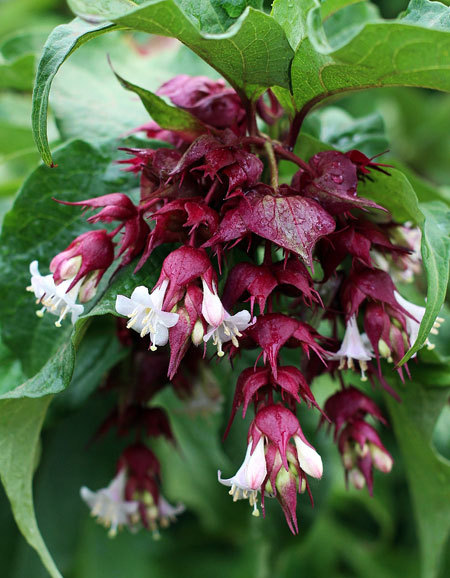
Himalayan Honeysuckle - Fireplace with howling winds
Originally from the Himalayas and Burma, this deciduous shrub has arching stems and crowded heads of white flowers in reddish purple bracts.
2 notes
·
View notes
Photo

Green Elfcup - Medieval tavern
Found in North America and Eurasia; the blue-green mature cups are somewhat uncommon, but the green stains they cause on fallen oak logs are easily visible.
8 notes
·
View notes
Photo

Apple Snail - Garden pond
This tropical American species has been introduced elsewhere and has become an invasive pest.
0 notes
Photo
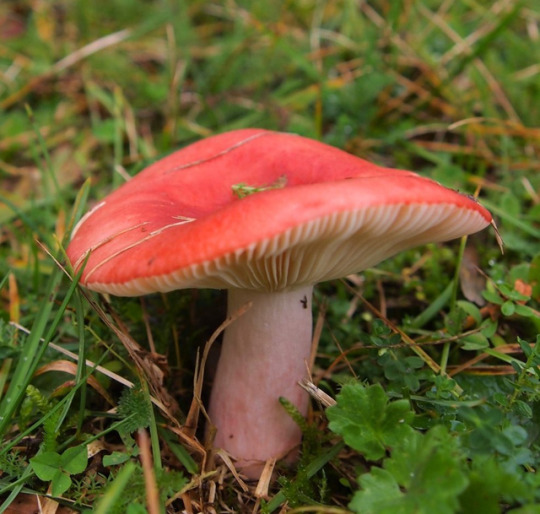
Bloody Brittlegill - Tropical beach
Associated with pines from North America and Eurasia; this species has a scarlet cap and red-streaked stem. Its spores are pale ocher.
1 note
·
View note
Photo
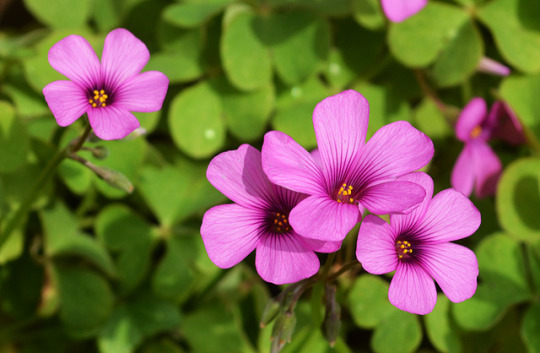
Pink Sorrel - Medieval City
Growing from a swollen rhizome, or root stalk, this plant from South America forms leafy mounds topped with clusters of flowers. These produce seed capsules that explode.
0 notes
Photo

Praying Mantis - Swamp
The strike of a praying mantis lasts a fraction of a second and impales the prey on the sharp spines of its front legs.
3 notes
·
View notes
Photo

Oak Eggar - Library
Ranging from Europe to North Africa, the caterpillars of this moth feed on the foliage of bramble oak, heather, and other plants.
0 notes
Photo

Fly Agaric - Blizzard
Common in North America and Eurasia; this distinctive mushroom is especially common under birches. Its white warts may wash off after rain.
3 notes
·
View notes
Photo
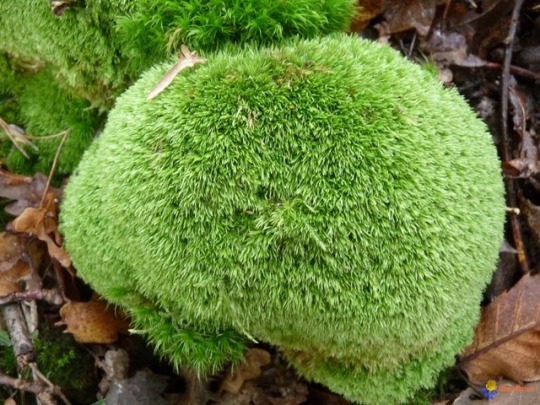
White Fork Moss - Horse walking
Growing in large, neatly rounded cushions, this woodland moss has a characteristic gray-green hue, turning almost white in dry weather.
3 notes
·
View notes
Photo

Rosy Bonnet - Ship cabin
Found in beech woods in Eurasia; this common species has a robust pink cap and stem and smells strongly of radish.
0 notes
Photo

Stag Beetle - Outdoor marketplace
This beetle lives in woodland in southern and central Europe. It’s larvae develop over 4-6 years, mainly in decaying oak stumps. Males use their enlarged mandibles in contests over females.
3 notes
·
View notes
Photo
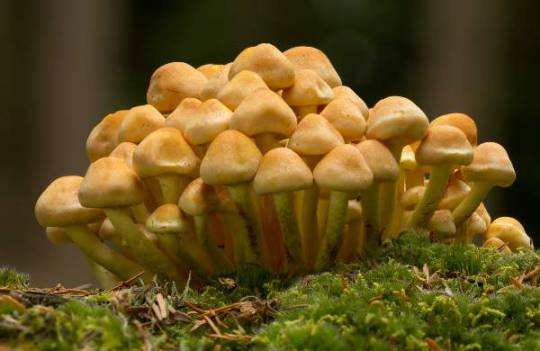
Sulfur Tuft - Crackling fire
Abundant in temperate woods in North America and Eurasia; this species has yellow gills that mature to dark purple, and are easy to recognize in the field.
2 notes
·
View notes
Photo

American Moon Moth - Fabric ruffling/cutting
This lime green North American moth has distinctive long hindwing tails. The caterpillars feed on a range of deciduous trees.
2 notes
·
View notes
Photo

Peacock Ore - Computer typing
Also known as bornite, though much more iridescent, it is an important copper ore mineral and occurs widely in porphyry copper deposits.
12 notes
·
View notes
Photo

Anna’s Hummingbird - Parisian cafe
A bee hummingbird of western North America, this species overwinters father north than other hummingbirds. The bird feeds on nectar from a wide range of flowers.
1 note
·
View note
Photo

White Water Lily - Thunderstorm
This European species had fragrant flowers and its fruits ripen underwater, releasing floating seeds. It inhabits lakes, ponds, and slow-flowing rivers and bloom around lilypads.
0 notes